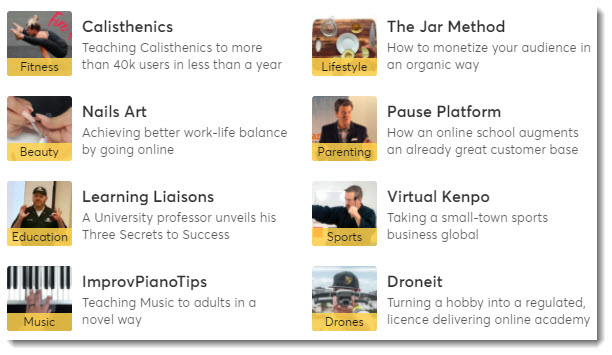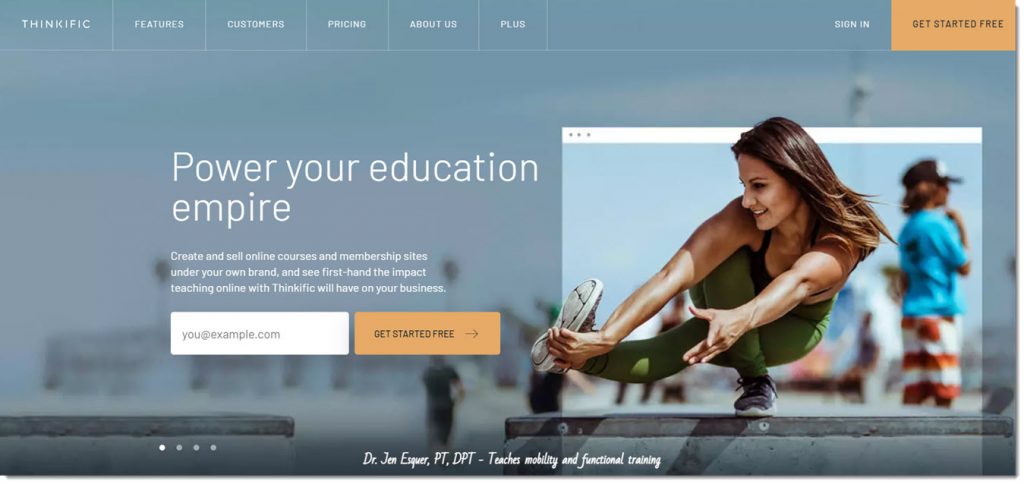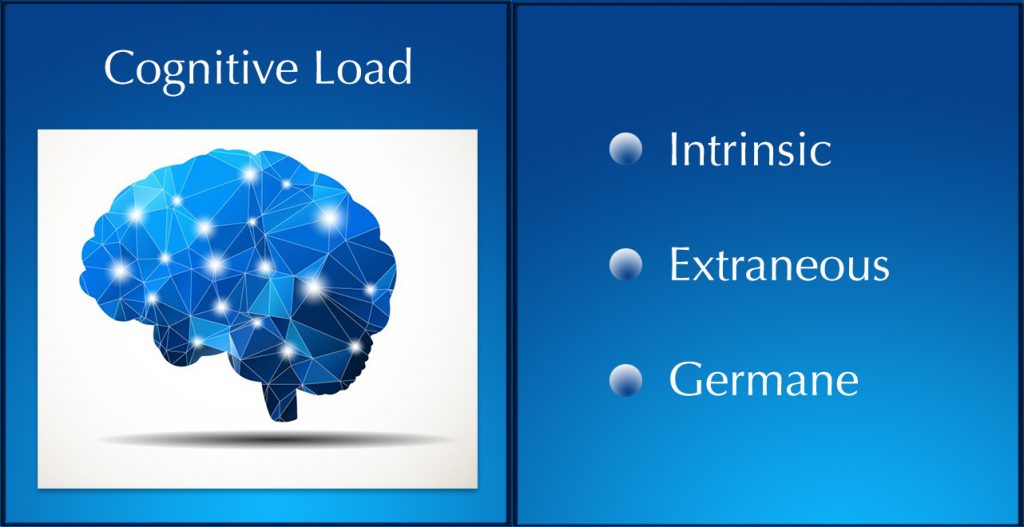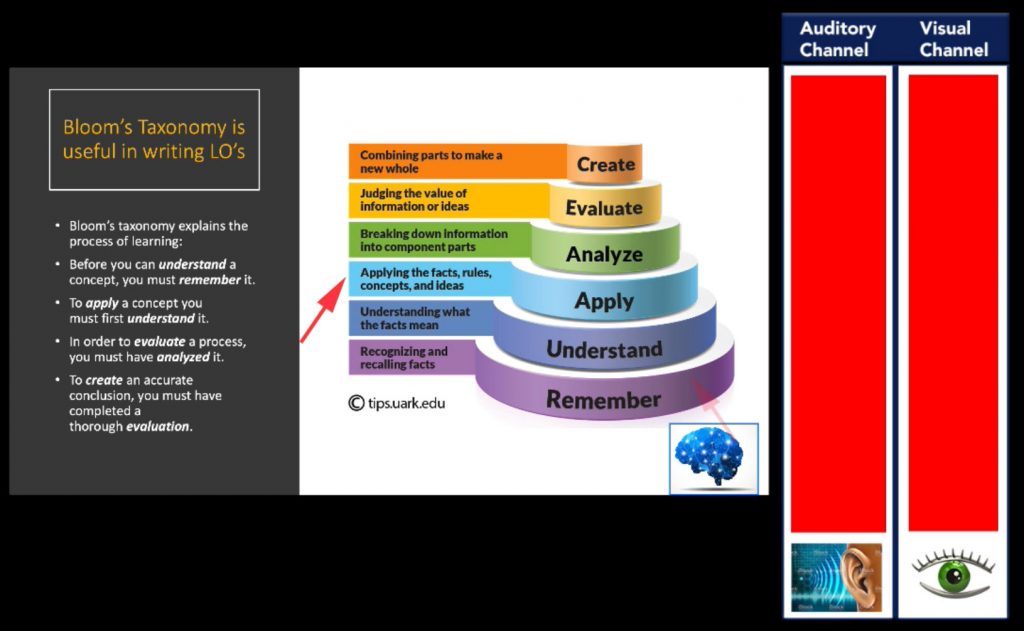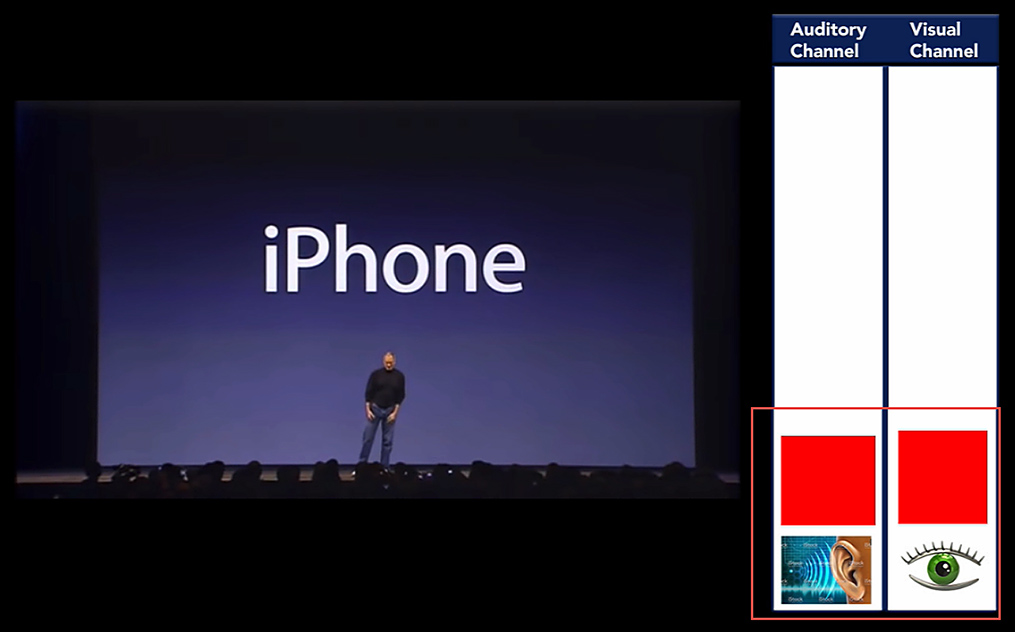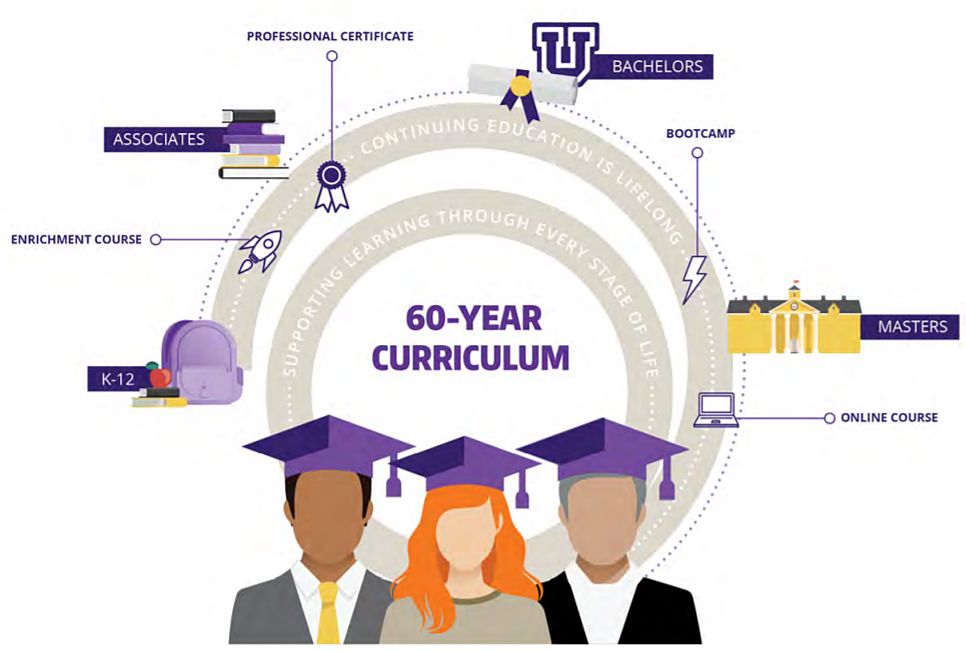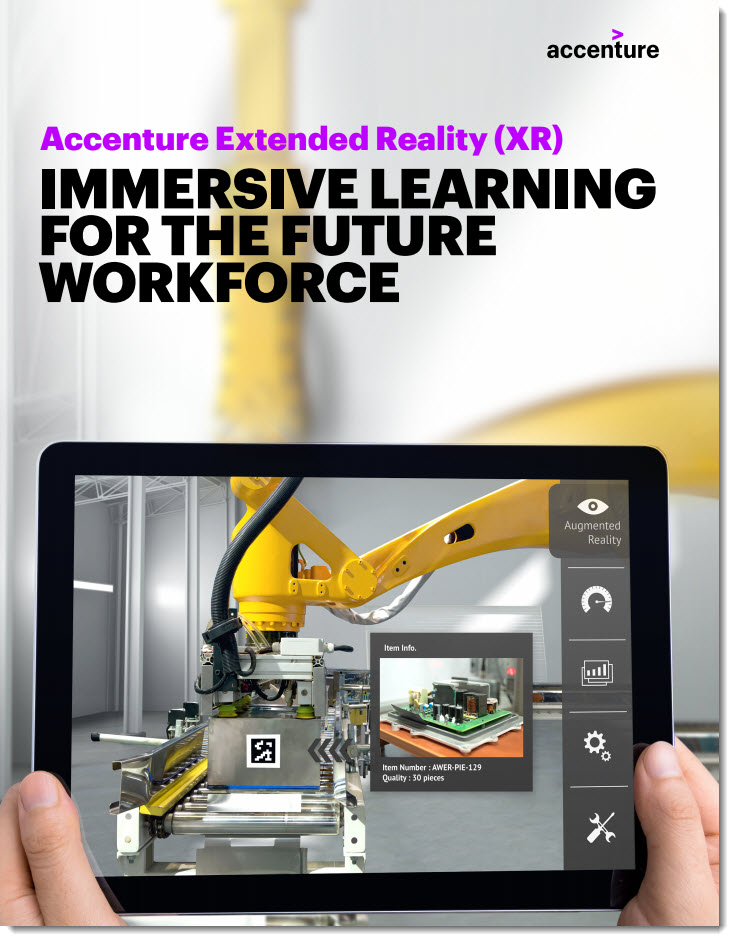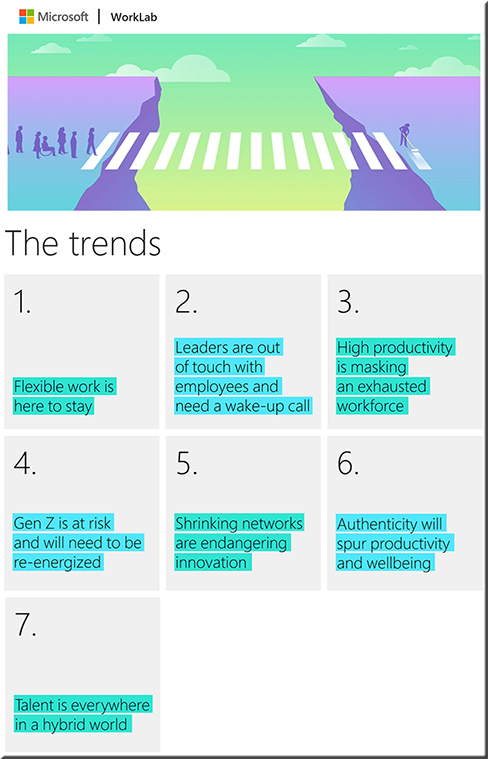How to apply Midyear 2021 lawsuit data to make your digital content more inclusive. — from UsableNet
Redefining the Future of Law: Alternative Legal Service Models — from clio.com by Joshua Lenon; with slides of the recording here.
Advantages of Automated and Bundled Legal Services — from clio.com
The Law Firm of the Future — from joetechnologist.com by Joseph Raczynski
The impact of blockchain, cryptocurrencies, and NFTs on the legal industry with Joseph Raczynski — from the ABA Center for Innovation
Reimagining Law: The Importance of Law Librarians in a Digital World — from legaltechmonitor.com
AI CLM Company LinkSquares Raises $40M, Says It Will Soon Release First-of-its-Kind Product — from legaltechmonitor.com by Bob Ambrogi
“Today, we’re witnessing the next major step up in power, thanks to artificial intelligence software,” Sunak wrote. “AI is creating legal solutions that can outpace and outperform traditional software in the same way steamships and diesel-powered vessels could outperform even the most impressive wind-powered tall ships.” And just as the step up to power changed what boats could do, “Linksquares is changing what a legal software solution can do and be.”
From DSC:
AI has plenty of pitfalls, no doubt. But a range of AI-based technologies continues to move forward and become further integrated into numerous industries and disciplines. The legal realm is not only using AI-based applications already, but it will also need to have the knowledge to be able to support clients who bring cases involving AI (and other emerging technologies) to them.










